The Taiga, also known as the boreal forest, is a vast biome that stretches across most of Canada, Alaska, and the northern parts of Europe and Asia.
This evergreen forest is home to a wide range of flora and fauna, including one particular type of animal that catches our attention – birds.
The taiga, with its coniferous trees, marshes, and lakes, provides an ideal habitat for many bird species. Several interesting bird species can be found in the taiga, each with a unique set of adaptations that enable them to thrive in these harsh conditions.
In this article, we will explore some of the most common bird species that inhabit the taiga biome.
1. Bald Eagle
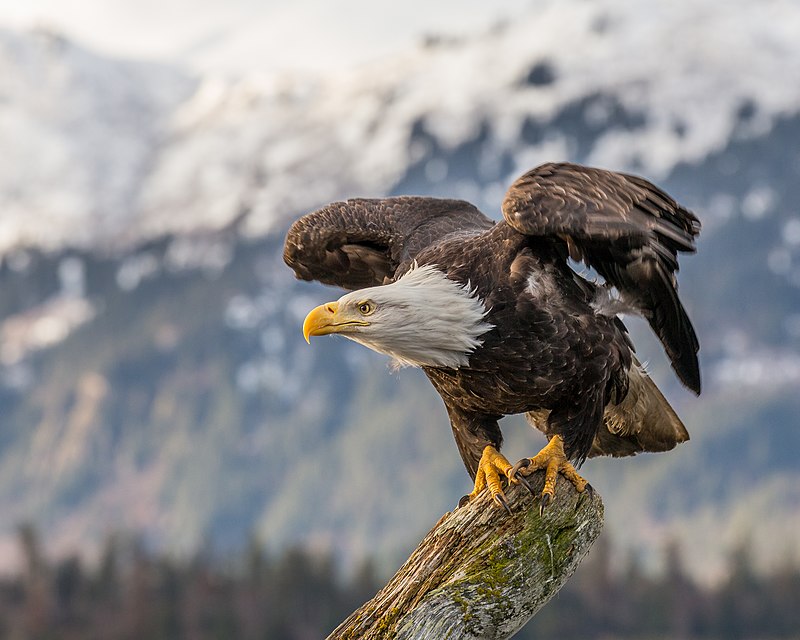
The majestic Bald Eagle is a bird of prey found in North America and recognized as the national symbol of the United States.
With its distinctive white head, brown body and striking yellow beak, this sea eagle has two known subspecies that form a species pair with the White-tailed Eagle.
It inhabits much of Canada, Alaska all states in the US contiguous area and Northern Mexico near large bodies of water where they feed mainly on fish.
These birds have an impressive wingspan ranging from 1.8 to 2 meters depending on their size making them one of nature’s most magnificent creatures.Scientific classification:
| Kingdom | Animalia |
| Phylum | Chordata |
| Class | Aves |
| Order | Accipitriformes |
| Family | Accipitridae |
| Genus | Haliaeetus |
| Species | H. leucocephalus |
Also Featured In: Most Common United States Birds, Birds That Live in Colorado
2. Canada Goose
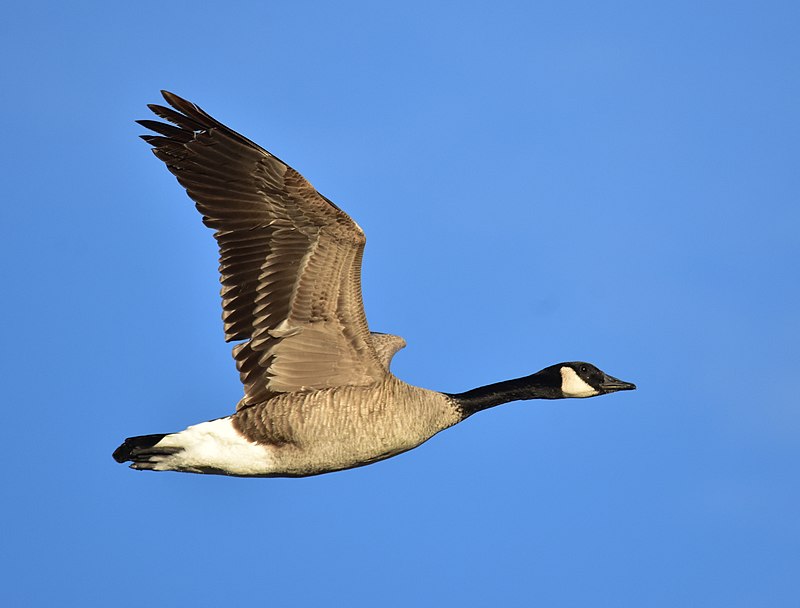
The Canada goose is a majestic bird with a black head and neck, white cheeks, chin and brown body. It’s native to North America but occasionally migrates to northern Europe across the Atlantic.
The species has been introduced in the United Kingdom, Ireland and Finland as well. Canada geese are strong flyers that travel in flocks for protection from predators; they also form monogamous pairs for life.
They feed on grasses or grains near ponds or wetlands where they make their nests of down which incubate eggs during summertime before hatching them out into goslings later on.Scientific classification:
| Kingdom | Animalia |
| Phylum | Chordata |
| Class | Aves |
| Order | Anseriformes |
| Family | Anatidae |
| Genus | Branta |
| Species | B. canadensis |
Also Featured In: Most Popular Bird Species in North America, Birds Live in Arkansas
3. Great Horned Owl
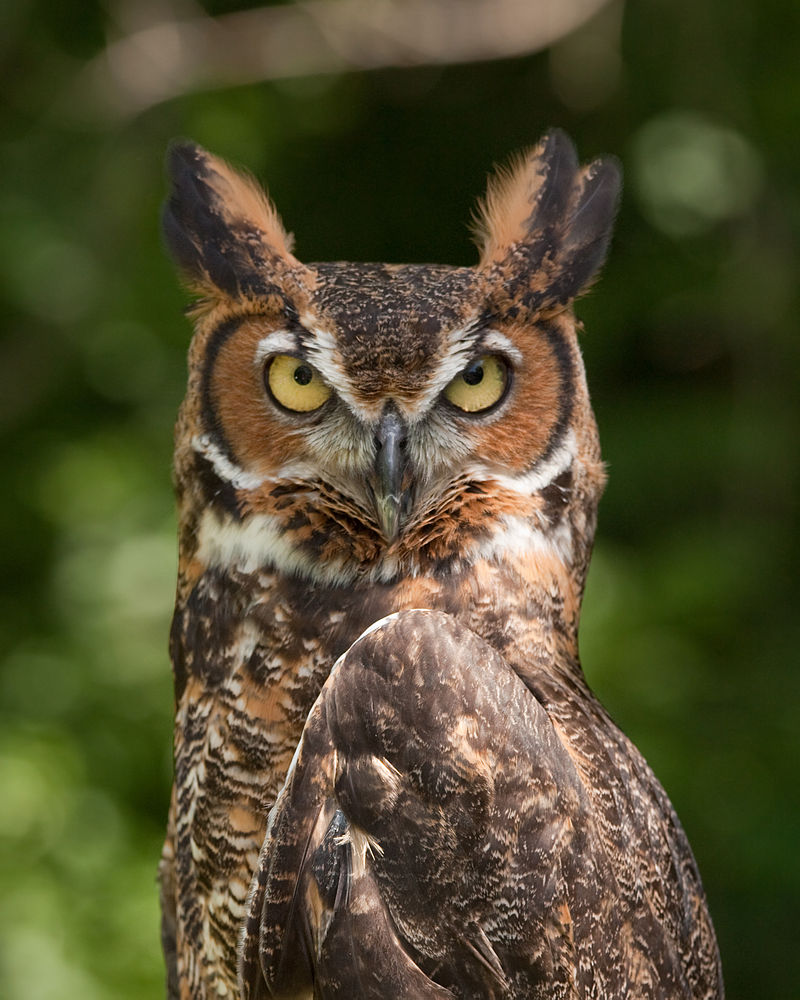
The Great Horned Owl is an impressive bird native to the Americas. It is well-known for its wide range and adaptability, as it can be found in many different habitats across the continent.
Its diet consists primarily of rabbits, hares, rats and mice; however, they are also known to consume skunks, geese and other birds too.
With their powerful talons capable of crushing prey with ease, these owls have earned themselves a fearsome reputation due to their incredible strength.
Their iconic horn-like tufts on either side of its head add another layer of intimidation which helps them stand out from other owls in the area.Scientific classification:
| Kingdom | Animalia |
| Phylum | Chordata |
| Class | Aves |
| Order | Strigiformes |
| Family | Strigidae |
| Genus | Bubo |
| Species | B. virginianus |
Also Featured In: Birds Commonly Found in New York, Birds that Live in the Deserts
4. Siberian Crane
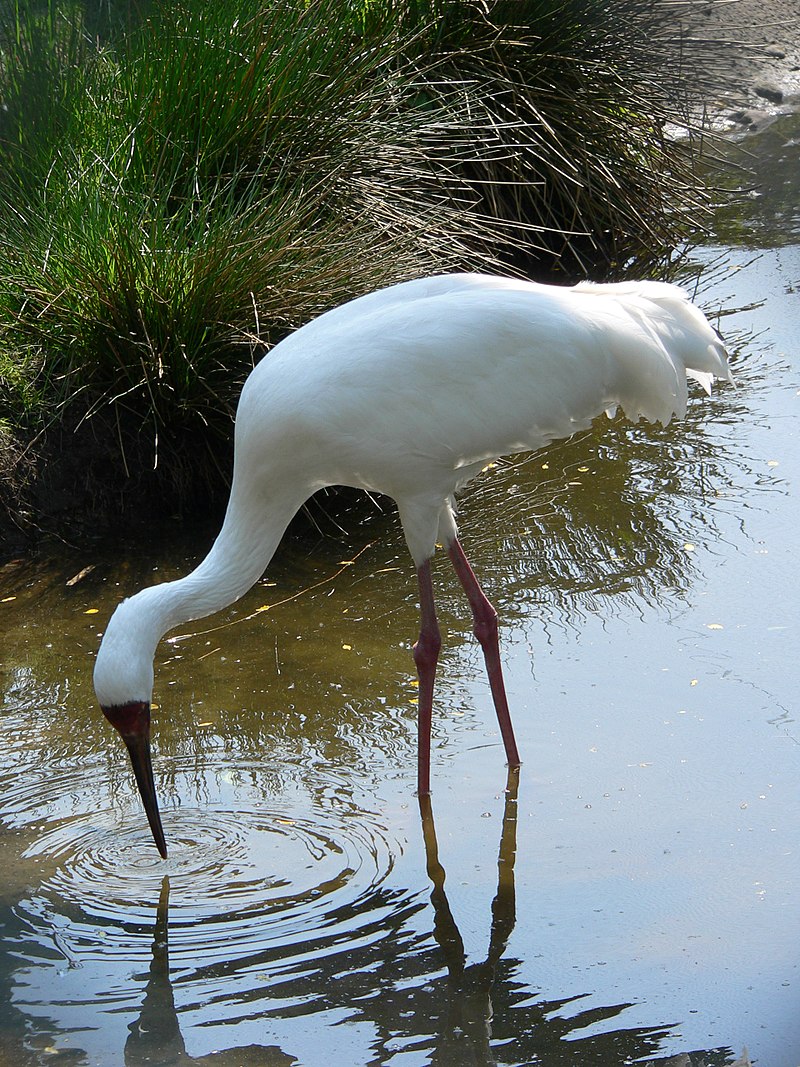
The Siberian crane is a majestic white bird of the family Gruidae. It has two distinct breeding populations in Russia, one in eastern and other in western Arctic tundra region.
In flight it can be identified by its black primary feathers which stand out against its otherwise snowy white body.
These graceful birds have an average wingspan of 2 metres and are known to migrate from their wintering grounds at India’s Keoladeo National Park to Siberia during summer months for breeding purposes.
They feed mainly on plants, grains, mollusks as well as small amphibians or fish when available near wetlands.
Due to loss of habitat and hunting these elegant cranes are listed as critically endangered species with less than 3200 individuals remaining worldwide today making them highly vulnerable to extinction if necessary conservation measures aren’t taken soon enough.Scientific classification:
| Kingdom | Animalia |
| Phylum | Chordata |
| Class | Aves |
| Order | Gruiformes |
| Family | Gruidae |
| Genus | Leucogeranus Bonaparte, 1855 |
| Species | L. leucogeranus |
Also Featured In: Native Pakistani Birds, Hong Kong Birds You Need to See
5. True Owl
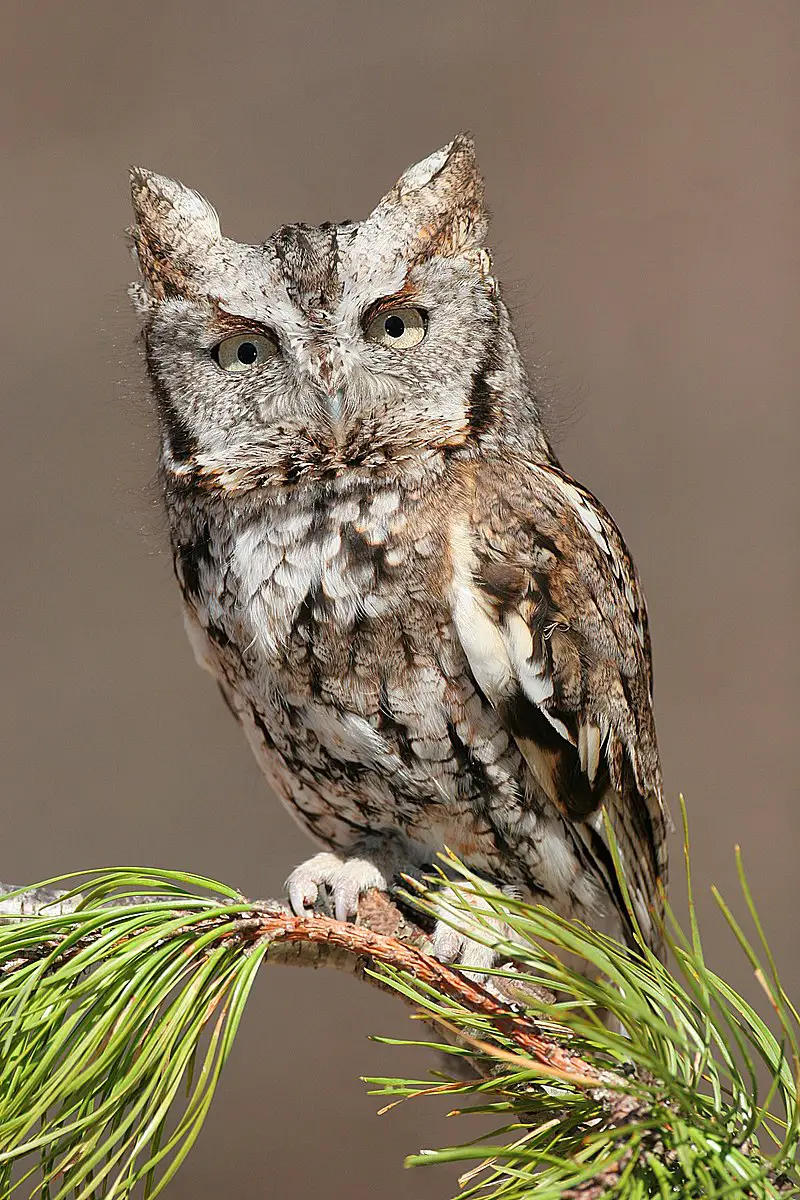
Owls are one of the two main families of owls, with Strigidae being the true owl family. With 230 species and 24 genera, this large bird family is found all around the world except for Antarctica.
Owls vary greatly in size and shape, but they typically have a round face with forward-facing eyes and a hooked bill to help them catch their prey.
They also possess asymmetrical ears that allow them to detect even faint sounds from great distances making them formidable predators at night.
Although solitary by nature, some species can be quite vocal while others may remain silent during daylight hours until sunset when they become active again looking for food under cover of darkness.Scientific classification:
| Kingdom | Animalia |
| Phylum | Chordata |
| Class | Aves |
| Order | Strigiformes |
| Family | Strigidae Leach, 1820 |
Also Featured In: Most Common Types of Bangladeshi Birds, Birds that Live in Tamil Nadu
6. Bean Goose
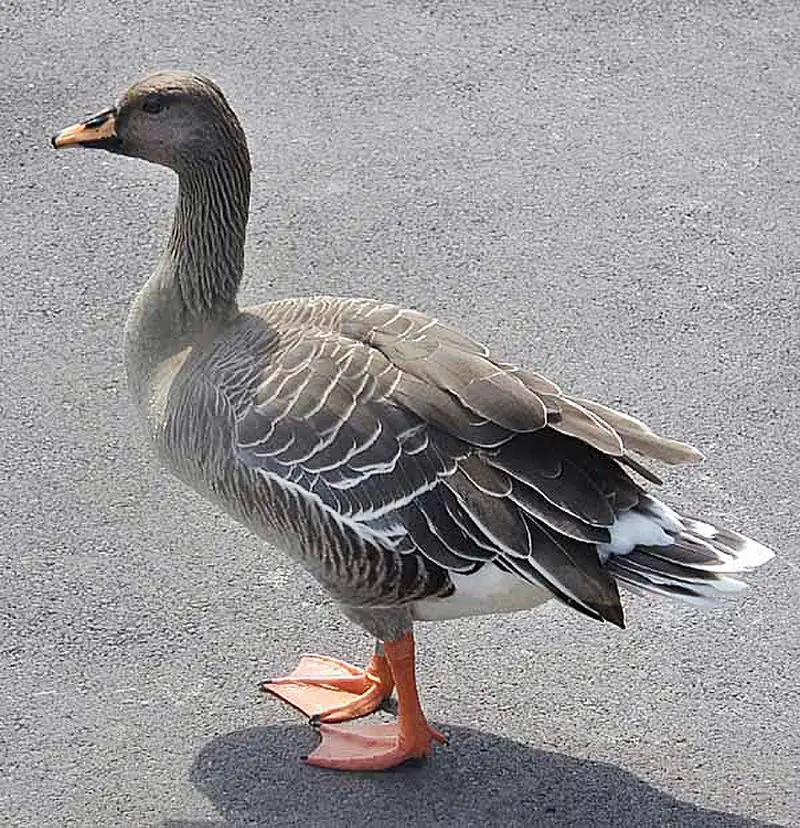
The Taiga Bean Goose is a medium sized waterfowl species that breeds in northern Europe and Asia. It has an elegant grey-brown plumage with black barring on its wings and tail, which makes it easy to identify amongst other geese.
In the winter months, this migratory bird moves further south for warmer climates.
The American Ornithological Society recognizes two subspecies of bean goose – tundra bean goose and taiga bean goose whereas some other authorities consider them as one species.
The diet of this majestic creature mainly consists of aquatic plants such as grasses, sedges or cereals depending upon season availability during migration periods.Scientific classification:
| Kingdom | Animalia |
| Phylum | Chordata |
| Class | Aves |
| Order | Anseriformes |
| Family | Anatidae |
| Genus | Anser |
| Species | A. fabalis |
Also Featured In: Russian Birds, Common Slovakian Birds
7. Common Raven
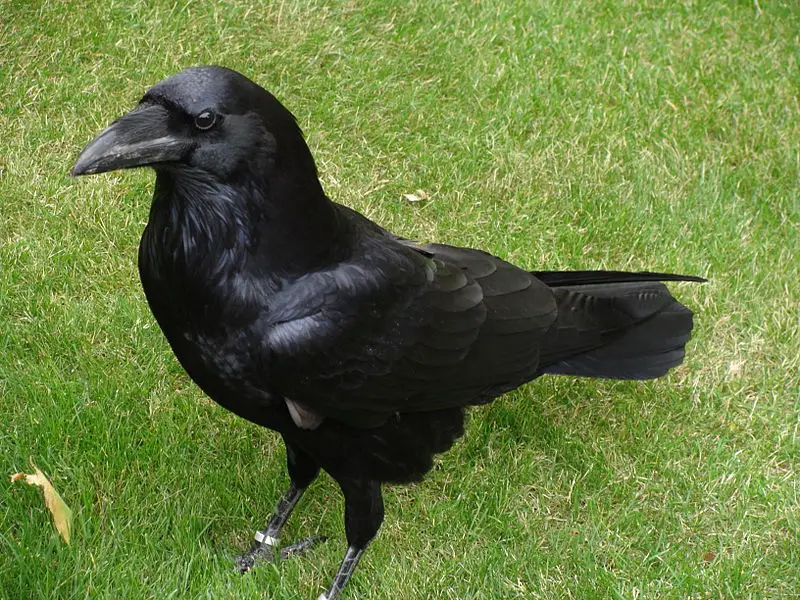
The Common Raven is an iconic black bird found throughout the Northern Hemisphere. It belongs to the Corvus corax species of passerines, and has at least eight subspecies with little physical variation between them.
Recent research however suggests there are significant genetic differences among populations from various areas.
They have a large wingspan of up to 1m and their call can be heard over great distances due to its deep croaking sound; they also use mimicry for communication purposes like many other birds do.
The ravens diet consists mostly of carrion, insects and fruits but they will scavenge in human settlements as well when food sources become scarce.
Their nests require plenty of space so these birds prefer open habitats such as tundra or mountain regions- ideal conditions for their long distance migrations.Scientific classification:
| Kingdom | Animalia |
| Phylum | Chordata |
| Class | Aves |
| Order | Passeriformes |
| Family | Corvidae |
| Genus | Corvus |
| Species | C. corax |
Also Featured In: Birds of Poland, Most Common Nature Birds
8. Snowy Owl
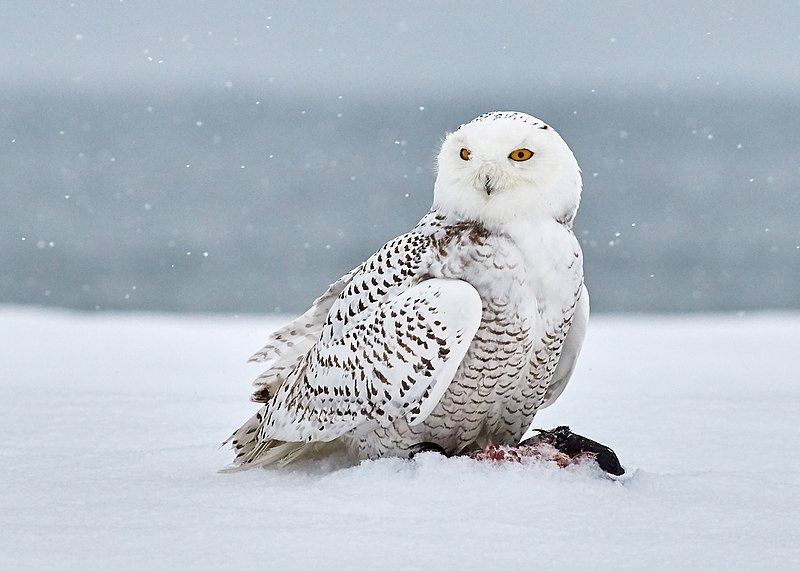
The Snowy Owl is an impressive bird of prey native to both the North American and Palearctic Arctic regions.
It has a unique white plumage that helps it blend in with its snowy tundra habitat, as well as several adaptations that make it suitable for life in cold climates.
These include thick feathers which insulate their bodies from frigid temperatures, large eyes adapted for hunting during long winter nights, and talons designed for gripping slippery surfaces such as ice or snow.
This majestic owl will soar high above its territory searching for food before gliding back down again to perch atop rocks or trees.
The Snowy Owl truly stands out amongst other birds of prey – an iconic symbol of the beauty and mystery of the north.Scientific classification:
| Kingdom | Animalia |
| Phylum | Chordata |
| Class | Aves |
| Order | Strigiformes |
| Family | Strigidae |
| Genus | Bubo |
| Species | B. scandiacus |
Also Featured In: Common Birds in Canada, Most Common Winter Birds
9. White-Throated Sparrow

The White-throated Sparrow is a small passerine bird of the New World sparrow family Passerellidae.
It has distinctive yellow and black stripes on its head, white throat and chest with grey back and wings, along with light brown legs.
The scientific name “Zonotrichia albicollis” comes from Ancient Greek for ‘band’ (ζώνη) referring to its distinctive striped crown, and Latin for ‘white neck’ (albus collum).
These birds are usually found in wooded areas such as coniferous forests or deciduous habitats in North America where they feed mainly on insects during summer months; transitioning to seeds during winter.
They build their nests near ground level using grasses, twigs or moss lined with feathers.
White-throated Sparrows may be solitary but also form flocks when migrating southward each fall season which typically occurs over mid-late October through November depending on location within range.Scientific classification:
| Kingdom | Animalia |
| Phylum | Chordata |
| Class | Aves |
| Order | Passeriformes |
| Family | Passerellidae |
| Genus | Zonotrichia |
| Species | Z. albicollis |
Also Featured In: Most Common Songs Birds that Live around You, New Hampshire Birds You Should Know
10. Pine Grosbeak
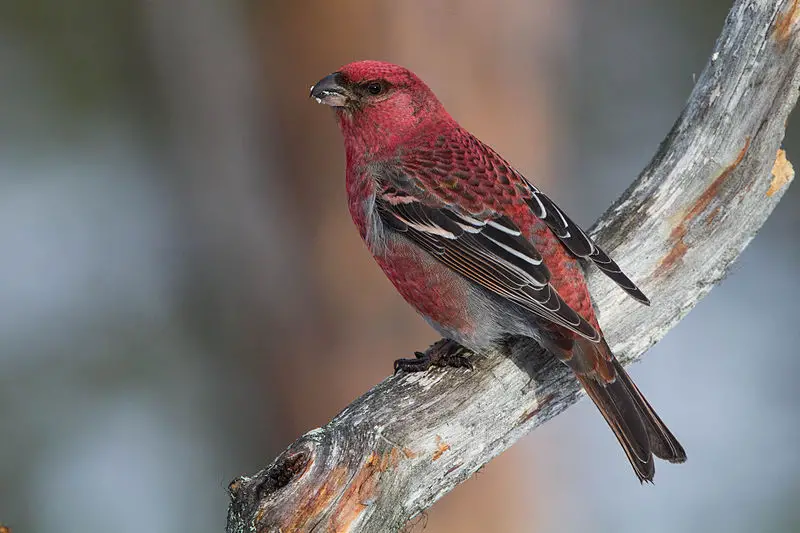
Pine grosbeak is a beautiful bird found across Alaska, western US, Canada and Fennoscandia to Siberia. It belongs to the family of true finch and it is the only species in its genus Pinicola.
This frugivorous bird has bright red feathers on its head and wings with yellowish white underparts that make it very attractive.
During winter season they feed mostly on small fruits like rowans, blueberries etc., while during summer months their diet consists mainly of insects.
They are shy birds but can be seen perched at high branches or singing from the topmost trees if you look carefully enough.Scientific classification:
| Kingdom | Animalia |
| Phylum | Chordata |
| Class | Aves |
| Order | Passeriformes |
| Family | Fringillidae |
| Subfamily | Carduelinae |
| Genus | Pinicola Vieillot, 1808 |
| Species | P. enucleator |
Also Featured In: Common Birds in Alberta, Birds of Nova Scotia
11. Trumpeter Swan
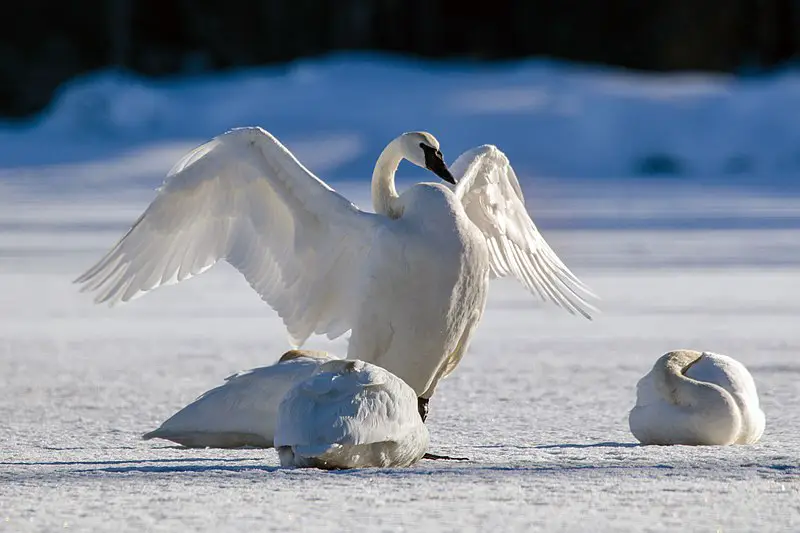
The majestic Trumpeter Swan is the largest native waterfowl in North America, with a wingspan of up to 8 feet.
Found throughout Canada and parts of the United States, this beautiful bird can live for up to 20 years.
It has black legs and bill that are tipped yellow as well as snow-white feathers that help it stand out in its natural habitat.
The trumpeter swan’s diet consists mainly of aquatic vegetation such as roots, tubers, stems, leaves and seeds which they find by wading into shallow waters or grazing on land.
These birds form strong family bonds; both parents raise their young together until they reach adulthood at four years old.
Through conservation efforts these incredible creatures have been brought back from near extinction giving us all something special to appreciate.Scientific classification:
| Kingdom | Animalia |
| Phylum | Chordata |
| Class | Aves |
| Order | Anseriformes |
| Family | Anatidae |
| Genus | Cygnus |
| Species | C. buccinator |
Also Featured In: Birds You’ll Find in Zoo, Birds that Found in the Yellowstone
12. Long-Eared Owl
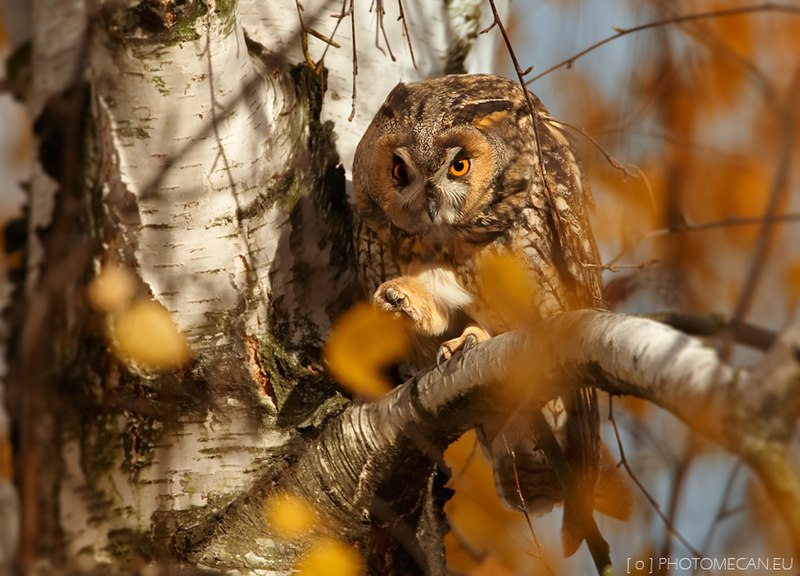
The Long-eared Owl is a medium sized species of owl with an extensive breeding range that spans across Europe and the Palearctic.
It has two distinct features, its long ears and yellow eyes, which can be seen during the day or at night due to their excellent vision.
Its diet consists mainly of small mammals such as voles and mice but it will also eat birds if given opportunity.
During winter months they may migrate south in search for food because there are less prey available in cold temperatures.
The Long-eared Owl prefers open habitats like meadows, fields or wetlands but sometimes uses forests too when hunting for food .
This makes them quite adaptable since they have no restrictions on where they choose to live.Scientific classification:
| Kingdom | Animalia |
| Phylum | Chordata |
| Class | Aves |
| Order | Strigiformes |
| Family | Strigidae |
| Genus | Asio |
| Species | A. otus |
Also Featured In: Birds of Netherlands, Birds You’ll Find in Night
13. Red-Breasted Flycatcher
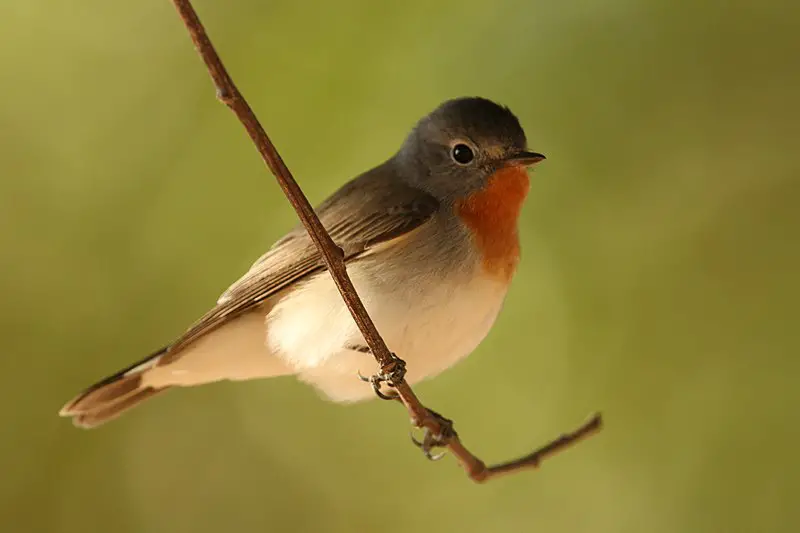
The Red-breasted Flycatcher is a small passerine bird belonging to the Old World flycatcher family. It has a red breast and grey upperparts, with white underparts.
During summertime it can be found breeding in eastern Europe and across Central Asia before migrating southwards to spend winter in South Asia.
In western Europe, it is quite common as a passage migrant due its different migration direction compared to the collared flycatcher which breeds further east.
Its diet consists mainly of insects such as flies, beetles and grasshoppers that are caught on short sallies from perches or trees near water bodies like rivers or ponds where they breed too.Scientific classification:
| Kingdom | Animalia |
| Phylum | Chordata |
| Class | Aves |
| Order | Passeriformes |
| Family | Muscicapidae |
| Genus | Ficedula |
| Species | F. parva |
Also Featured In: Kyrgyzstan Birds,
14. Red Crossbill
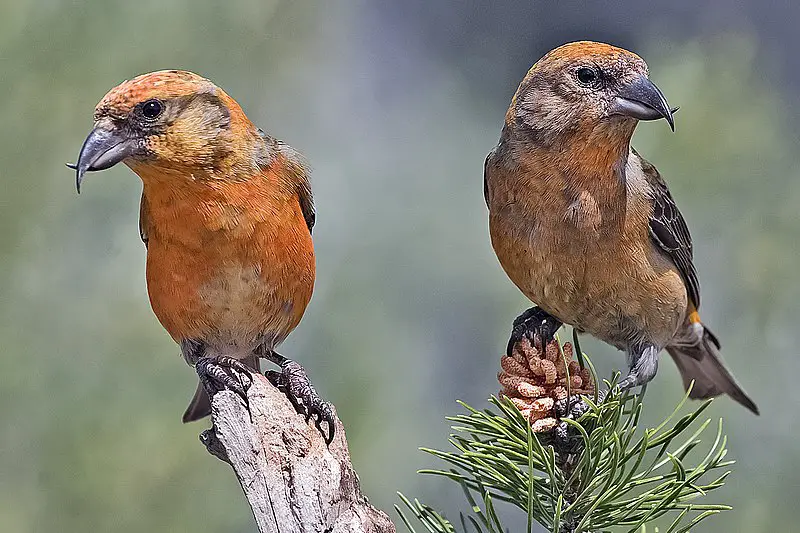
The Red Crossbill is a small passerine bird belonging to the finch family. It has distinctively crossed mandibles, which it uses to extract seeds from conifer cones and other fruits.
This species can be identified by its vivid colouring; males are red or orange in hue whilst females tend to have more green or yellow feathers.
Furthermore, there is considerable variation between individuals of this species when it comes to their beaks size and shape as well as their calls—which range from short trills through chirps and harsh cackles up until loud rattling sounds at times.
They’re an interesting sight in many parts of Europe, particularly during winter months where they often feed on pine cone seeds that drop down onto lower branches of trees.Scientific classification:
| Kingdom | Animalia |
| Phylum | Chordata |
| Class | Aves |
| Order | Passeriformes |
| Family | Fringillidae |
| Subfamily | Carduelinae |
| Genus | Loxia |
| Species | L. curvirostra |
Also Featured In: Finches Species, Common Birds in Saskatchewan
15. Bonaparte’s Gull
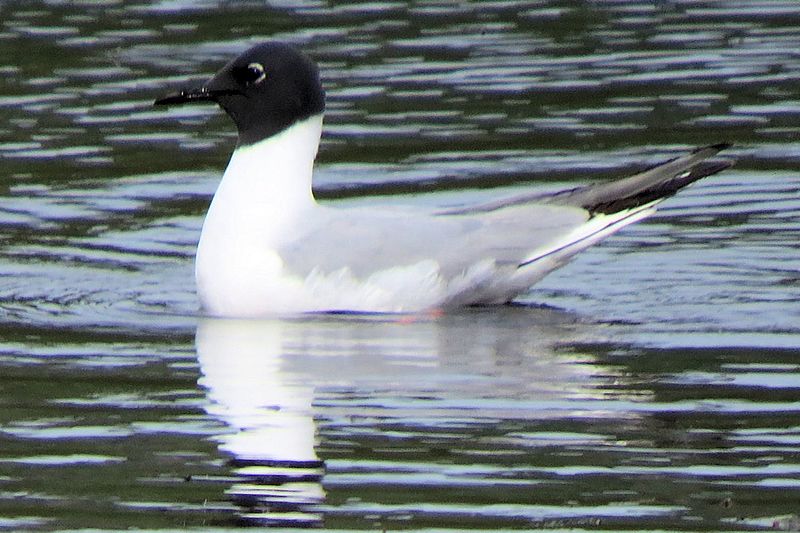
Bonaparte’s gull is a small species of gull usually found in northern North America. It measures 28 to 38 cm (11 to 15 inches) long and has mainly white plumage with grey upperparts.
During breeding season, it develops a slaty-black hood on its head. Both male and female Bonaparte’s gulls look alike; they are not sexually dimorphic like some other birds.
This bird was first described by George Ord in 1818, although Native Americans had likely been familiar with the bird for much longer than that.
Its scientific name Chroicocephalus philadelphia means “grey headed Philadelphia” due to its resemblance to the city’s official bird – the American Bald Eagle.
The bonaparte’s Gull is an active hunter which feeds mostly on insects and invertebrates as well as fish eggs or larvae when available.
Despite their size, these birds can often be seen flying far away from shorelines over open water looking for food.Scientific classification:
| Kingdom | Animalia |
| Phylum | Chordata |
| Class | Aves |
| Order | Charadriiformes |
| Family | Laridae |
| Genus | Chroicocephalus |
| Species | C. philadelphia |
Also Featured In: Gulls Species, Birds in Pacific Northwest
16. Great Grey Owl
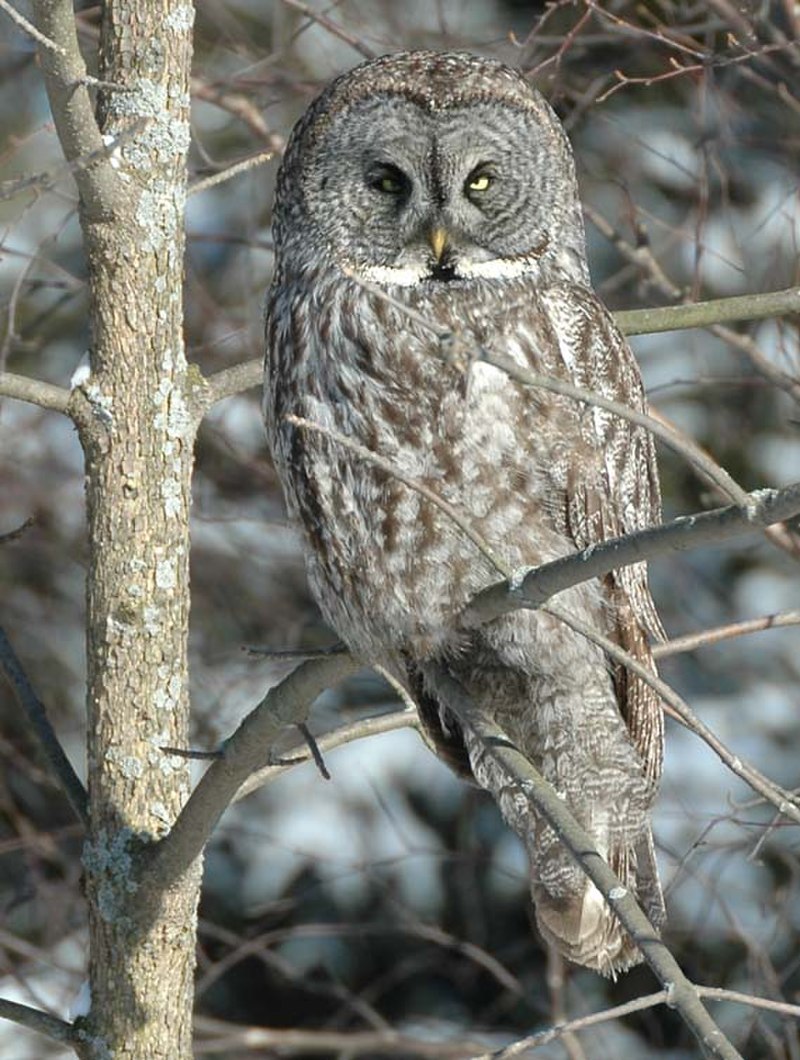
The Great Grey Owl is the world’s largest species of owl and is found across the Northern Hemisphere. It has many other names such as Phantom of The North, Cinereous Owl, Spectral Owl and Lapland Owl.
This majestic bird stands at an impressive length of about 24 inches with a wingspan that can reach up to five feet.
Its unique plumage allows it to blend in well with its natural environment which makes spotting this elusive creature quite difficult.
Despite being generally silent during most times, they are known for their deep hooting calls when mating or roosting season arrives.
These magnificent birds feed on small mammals like mice, voles and hares but have also been seen hunting larger prey such as ducks and grouse depending upon availability in their area.Scientific classification:
| Kingdom | Animalia |
| Phylum | Chordata |
| Class | Aves |
| Order | Strigiformes |
| Family | Strigidae |
| Genus | Strix |
| Species | S. nebulosa |
Also Featured In: Owls Species, Common Estonian Birds
17. Whooping Crane
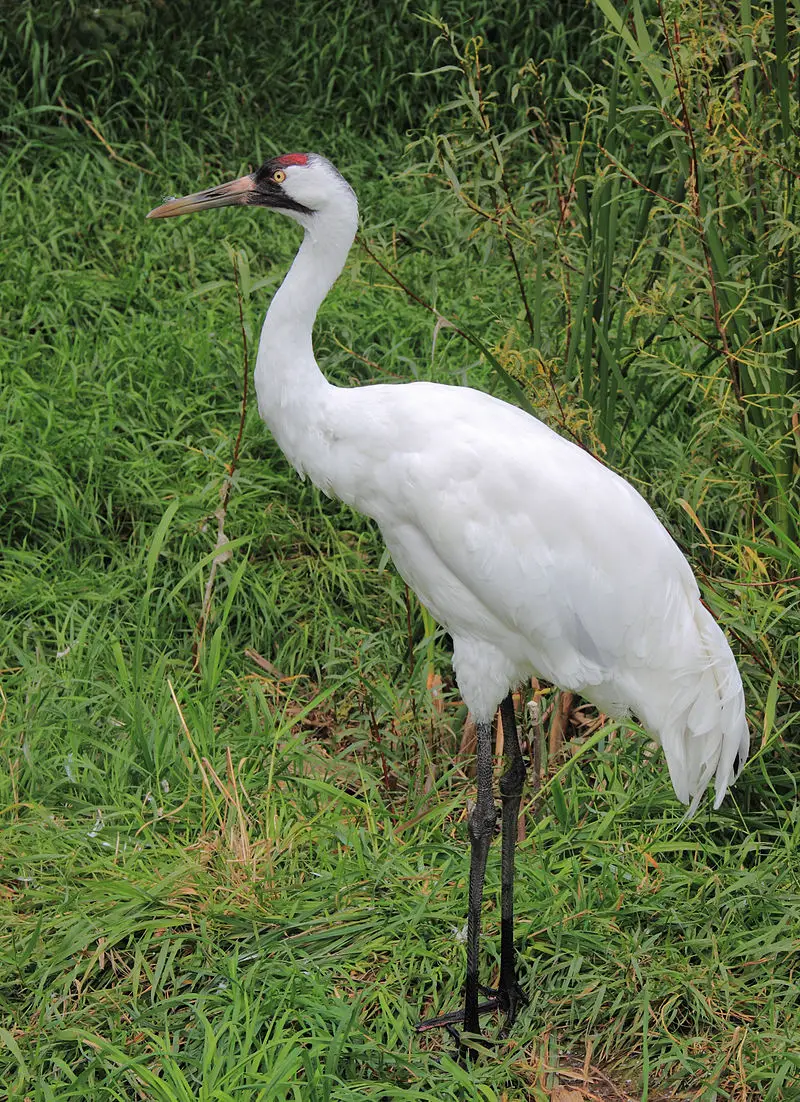
The majestic whooping crane is the tallest bird in North America, standing at over five feet tall.
Its name comes from its iconic call of “whoop-whoop-a-doodle”, making it one of only two species native to North America with a distinct vocalization.
Sadly, this beautiful animal was pushed to near extinction during the 1900s due to unregulated hunting and habitat loss.
Fortunately, conservation efforts have helped boost their population again and they are now classified as endangered instead of critically endangered.
Whooping cranes live for an estimated 22 – 24 years in the wild and inhabit wetlands all across Canada and parts of United States.
They feed on small fish, frogs, insects, mice and other small animals; while breeding pairs travel together in flocks with their young ones during migration season between summering grounds (in Northern U.S.)and wintering grounds( Texas).
With continuous protection measures taken towards them by organisations like Operation Migration we may be able to witness these graceful birds soaring through our skies once more.Scientific classification:
| Kingdom | Animalia |
| Phylum | Chordata |
| Class | Aves |
| Order | Gruiformes |
| Family | Gruidae |
| Genus | Grus |
| Species | G. americana |
Also Featured In: Texas Birds, Swamps Birds You Should Know
18. Snow Goose
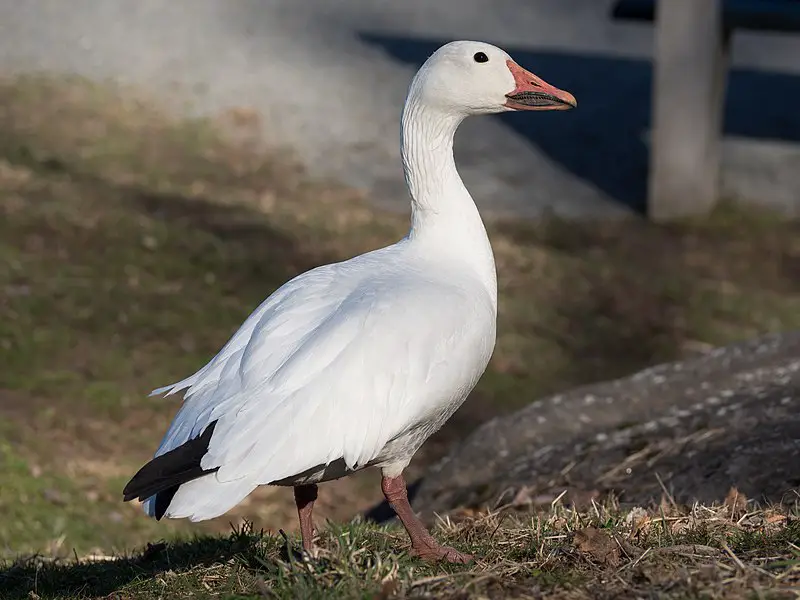
The snow goose is a species of goose native to North America, recognizable by its white or dark plumage. It belongs to the genus Anser, also known as the “gray goose”.
Snow geese breed north of the timberline in Greenland, Canada and Alaska – places with harsh climates that would seem inhospitable for such birds.
Yet they thrive here due to their migration pattern; when winter arrives they fly southwards along two major routes towards warmer climates like California and Mexico where food sources are more plentiful.
Although these graceful waterfowls have adapted well to human activity near some parts of their range, hunting still takes its toll on them so it’s important we do our part in protecting this species from extinction.Scientific classification:
| Kingdom | Animalia |
| Phylum | Chordata |
| Class | Aves |
| Order | Anseriformes |
| Family | Anatidae |
| Genus | Anser |
| Species | A. caerulescens |
Also Featured In: Utah Birds, Water Birds Live around Us
19. Spruce Grouse
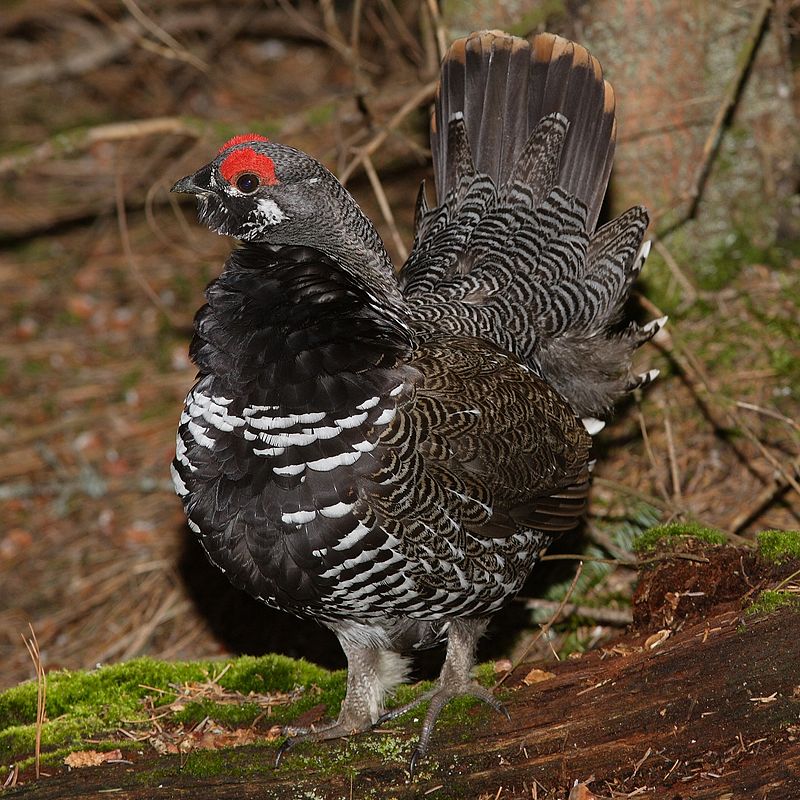
The Spruce Grouse, also known as Canada Grouse, is a medium-sized bird native to North America’s taiga or boreal forests. It has adapted well to its arboreal environment and can often be seen perching in trees.
When threatened by predators it relies on camouflage rather than flight for protection; this works especially well due to its mottled brown plumage which blends into the tree bark.
Its diet consists of buds from coniferous trees along with some herbs, fruits and insects – these are supplemented with mineral salts obtained from soil licks near water sources such as streams or lakes.
Although shy in nature they have been observed calling during courtship displays at dawn and dusk when their presence is more difficult for predators to detect.Scientific classification:
| Kingdom | Animalia |
| Phylum | Chordata |
| Class | Aves |
| Order | Galliformes |
| Family | Phasianidae |
| Tribe | Tetraonini |
| Genus | Canachites Stejneger, 1885 |
| Species | C. canadensis |
Also Featured In: Alaska Birds, Birds that Live in Newfoundland and Labrador
20. Crossbill
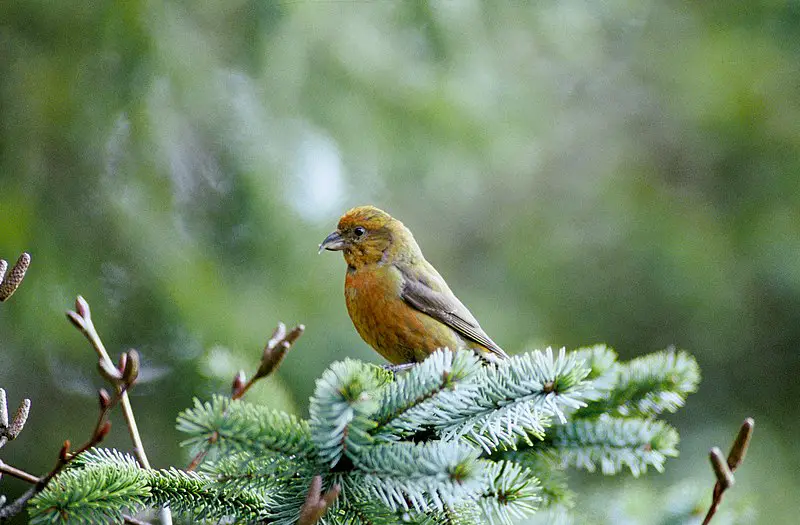
Crossbills are birds in the finch family, known for their crossed mandibles that aid in their unique feeding habit of extracting seeds from conifer cones.
They come in six different species, with variations in coloration between males and females. The males are typically orange or red, while females are typically green or yellow.
The distinct bill shape allows the birds to pry open conifer cones to access the seeds within. These birds are highly specialized feeders and are rare amongst avian species in this respect.
Despite their unusual physical features, the Crossbill is highly adapted to its niche environment and can be found throughout the world in coniferous forests. They are highly social birds and are often found in large flocks.Scientific classification:
| Kingdom | Animalia |
| Phylum | Chordata |
| Class | Aves |
| Order | Passeriformes |
| Family | Fringillidae |
| Subfamily | Carduelinae |
| Genus | Loxia Linnaeus, 1758 |
Also Featured In: Flocks Birds around Us, Common Red Ontario Birds
21. Tundra Bean Goose
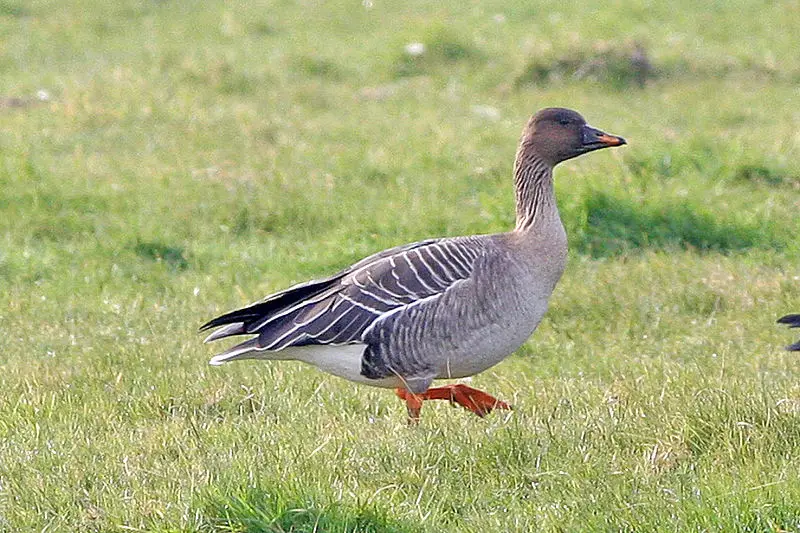
The Tundra bean goose, native to northern Siberia, is a migratory bird that winters in Asia. It is a separate species of the bean goose, along with the Taiga bean goose, according to the American Ornithological Society and International Ornithologists’ Union.
The Tundra bean goose is recognized for its unique features, including its serrirostris beak. This goose species is an important part of the ecosystem in its breeding and wintering grounds.Scientific classification:
| Kingdom | Animalia |
| Phylum | Chordata |
| Class | Aves |
| Order | Anseriformes |
| Family | Anatidae |
| Genus | Anser |
| Species | A. serrirostris |
Also Featured In: Birds of Norfolk, Tundra Birds
22. Kashmir Flycatcher
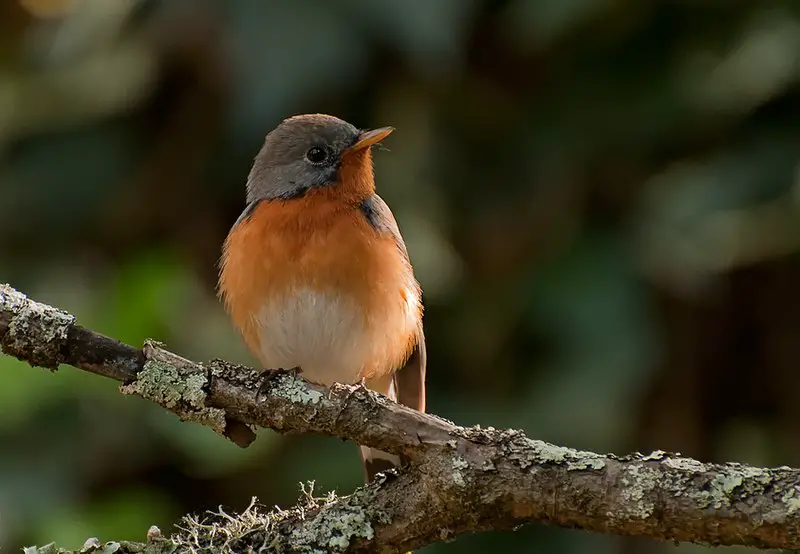
The Kashmir flycatcher is a small bird that belongs to the Muscicapidae family. It is an insectivorous species that breeds in the north-west Himalayas. They are migratory birds and spend their winters in the hills of central Sri Lanka.
Formerly considered as a subspecies of the red-breasted flycatcher, Ficedula subrubra is now recognized as a distinct species.
These birds have a distinctive appearance with a bright orange throat and a white belly. They are also known for their melodious songs that they use to attract their mates.
The Kashmir flycatcher is an important part of the ecosystem as it helps in controlling the insect population.
However, like many other species of birds, they are also threatened by habitat loss and climate change.Scientific classification:
| Kingdom | Animalia |
| Phylum | Chordata |
| Class | Aves |
| Order | Passeriformes |
| Family | Muscicapidae |
| Genus | Ficedula |
| Species | F. subrubra |
Also Featured In: Endemic Sri Lanka Birds,
23. Taiga Flycatcher
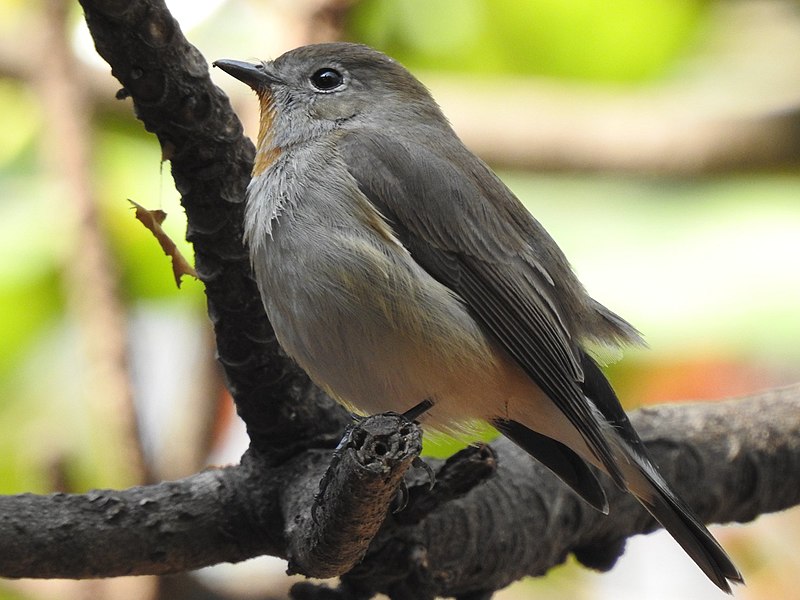
The Taiga flycatcher, also known as the red-throated flycatcher, is a migratory bird that belongs to the family Muscicapidae. It was first identified by Peter Simon Pallas in 1811.
The female has brown upper parts with a blackish tail bordered by white. Her breast is buffish, while her underparts are predominantly white.
The male, on the other hand, has ear coverts and sides of the neck that are gray tinged with blue.
Breeding males exhibit orange on their throats. The Taiga flycatcher is known for its magnificent plumage, which is a sight to behold.
It is a highly migratory bird that is highly sought after by bird enthusiasts for its stunning colors and unique appearance.Scientific classification:
| Kingdom | Animalia |
| Phylum | Chordata |
| Class | Aves |
| Order | Passeriformes |
| Family | Muscicapidae |
| Genus | Ficedula |
| Species | F. albicilla |
Also Featured In: Birds that You’ll Find in Kolkata, Most Common Tripura Birds You Need to Know
24. Ficedula
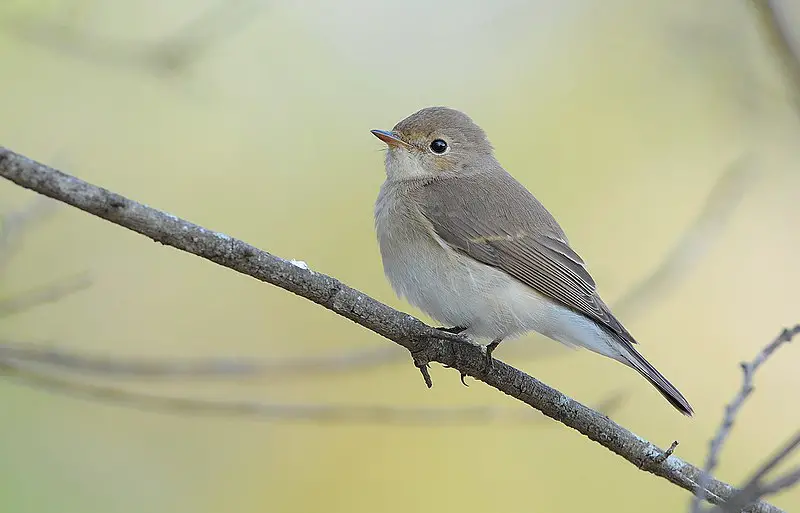
Ficedula birds are part of the Old World flycatcher family and are the largest genus within it, containing approximately 30 species. They can be found in Europe, Asia, and Africa, with some species being migratory and others remaining sedentary.
The French naturalist Mathurin Jacques Brisson introduced the genus in 1760. While they were once included in the Muscicapa genus, they have since become a distinct group.Scientific classification:
| Kingdom | Animalia |
| Phylum | Chordata |
| Class | Aves |
| Order | Passeriformes |
| Family | Muscicapidae |
| Subfamily | Saxicolinae |
| Genus | Ficedula Brisson, 1760 |